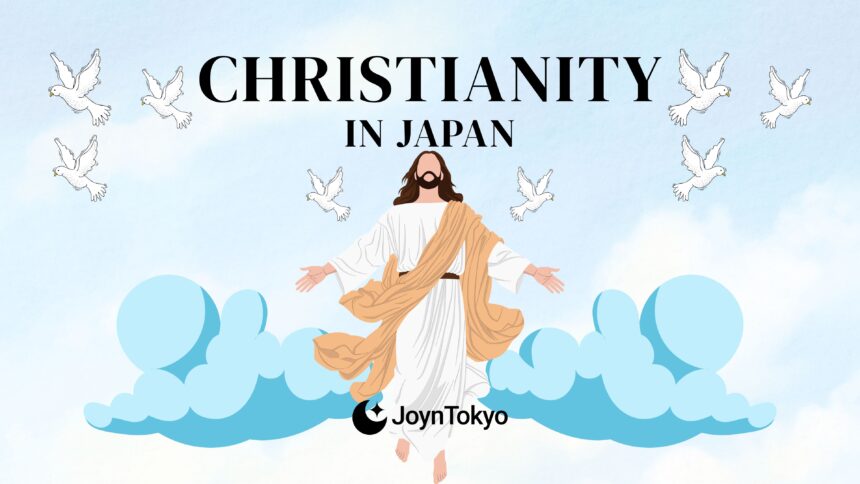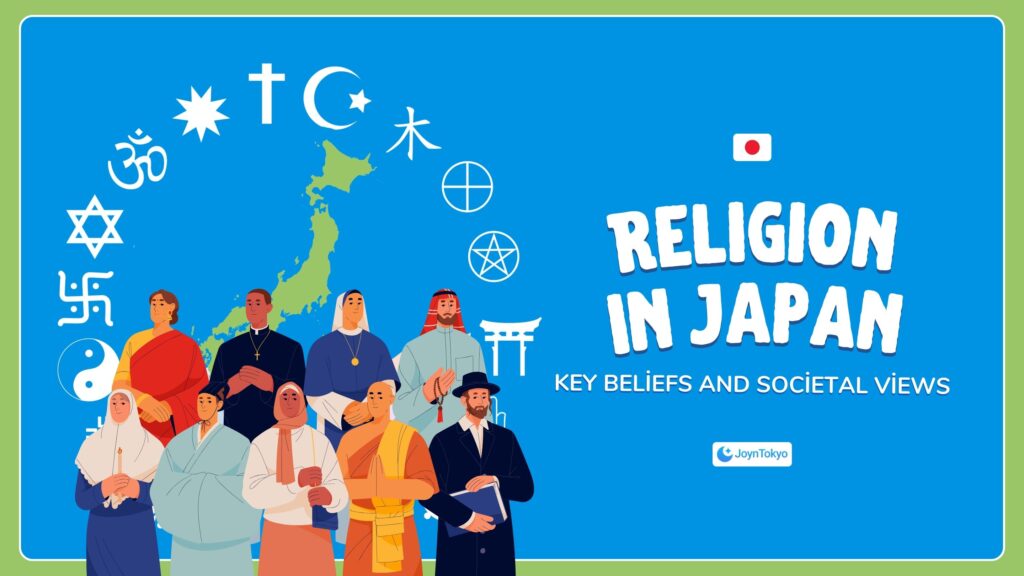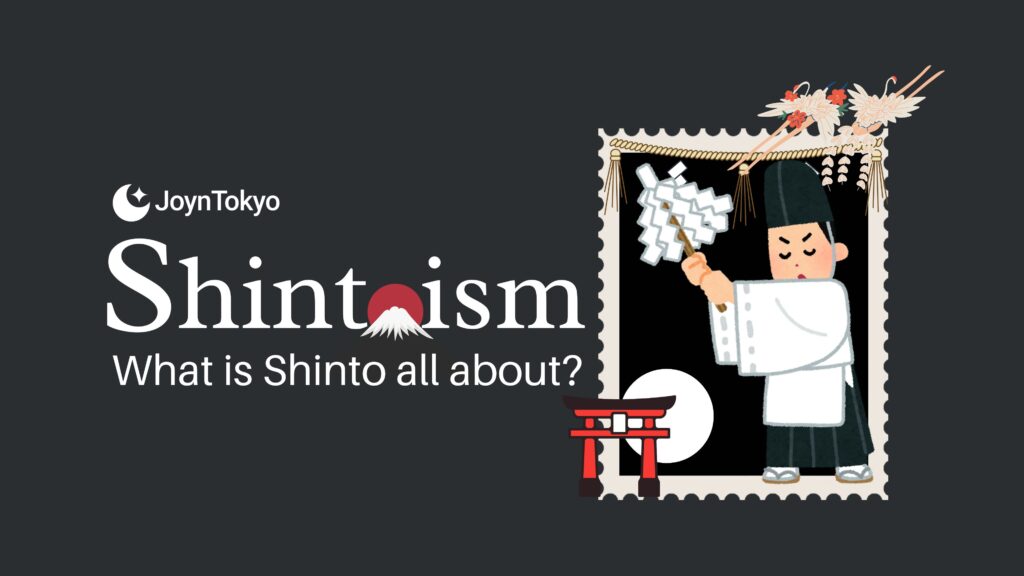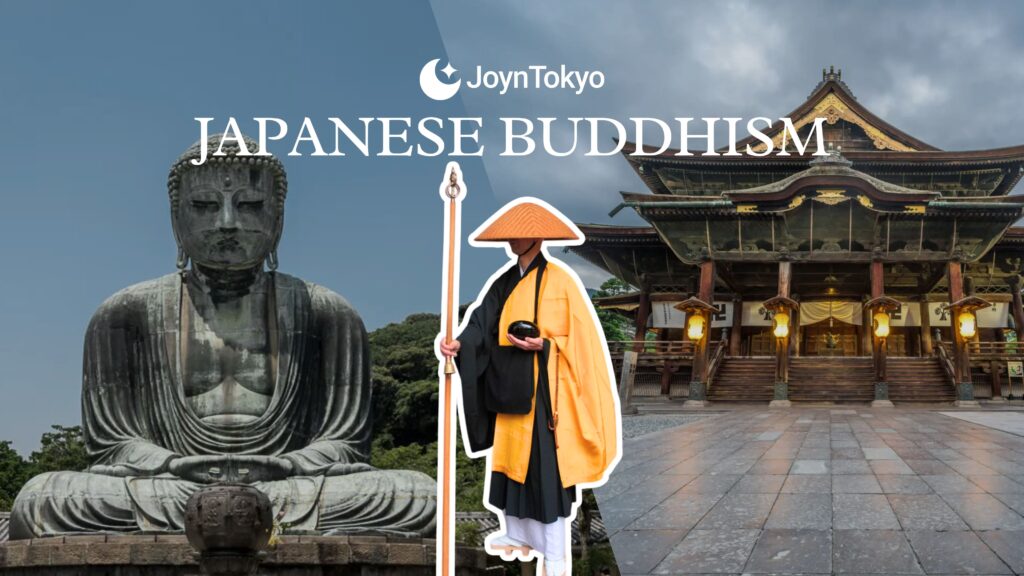When Did Christianity Arrive in Japan? The Early History
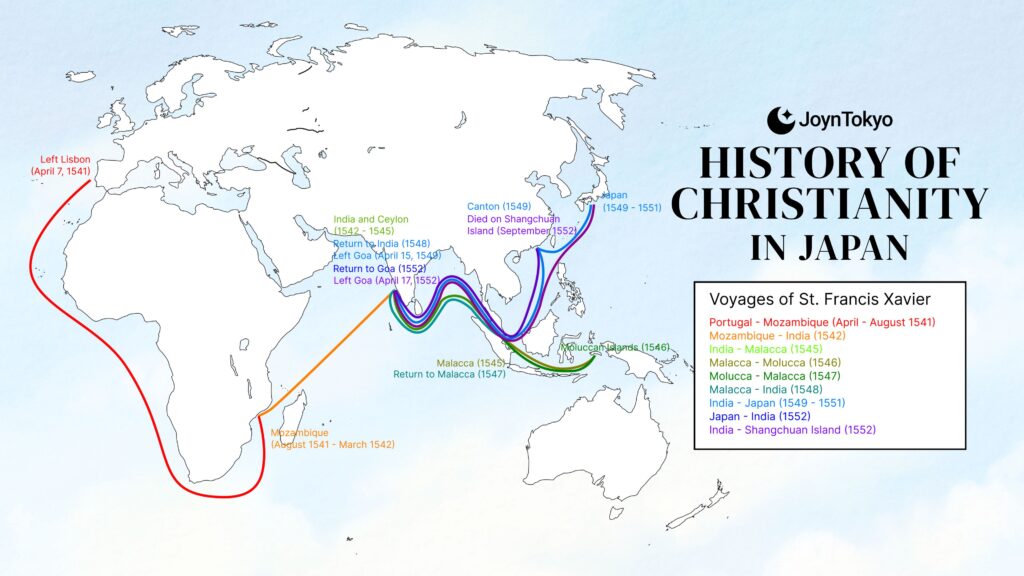
Undoubtedly one of the world’s great religions, Christianity, like many faiths, has faced opposition in many places where it was not the dominant belief. From its origins in the Roman Empire, it has gone from being an underdog to being the ruling force in many nations. But in many others, including Japan, it is not the de facto faith, yet it has made a significant impact, nonetheless.
So why does Japan respect Christianity, and even follow some of its aesthetics, if it is not the state religion — indeed, if it is a nearly vanishingly small religion? True to its namesake, Christianity in Japan has been quiet yet resilient. As such, Japanese Christianity has developed a unique history in the nation, and the people of Japan to Christianity.
Today, we’ll examine the early days of Christianity in Japan, its suppression, how it grew following the Meiji Revolution, and what Christianity in Japan is and means today.
Who Brought Christianity to Japan?

The official arrival of Christianity in Japan is attributed to the 1549 Jesuit mission of the Portuguese Empire, led by Francis Xavier, who would later be venerated as a saint. An experienced missionary, he had previously been highly influential in spreading his religion throughout India.
His work for Christianity began even before he set foot on the islands, when he baptized a man named Anjiro, who had fled Japan, making him the first person to baptize anyone Japanese in recorded history.
Soon after, Xavier, Anjiro, and others would make for Japan, bringing not just the word of the gospels, but new technology and weaponry. The new technology warmed the government to the people preaching this new religion, and even many feudal lords, known as daimyo, converted to Christianity — though this was often for economic or political purposes, rather than genuine piety. After all, with Shinto having innumerable spirits, why not add another God to the list?
Nevertheless, issues emerged quickly. With the conversion, authentic or not, of daimyo, it became practice for some Shinto shrines to be destroyed. This naturally angered many people, both common and noble, who saw their history being besmirched. At the same time, there were many Japanese people who came to truly put their faith in Christianity, especially in Kyushu, where missionaries were most prevalent. This contradiction could not hold, and soon, the Shogunate (Japan’s military government) took action.
Why Was Christianity Banned in Japan? The Era of “Hidden Christians”
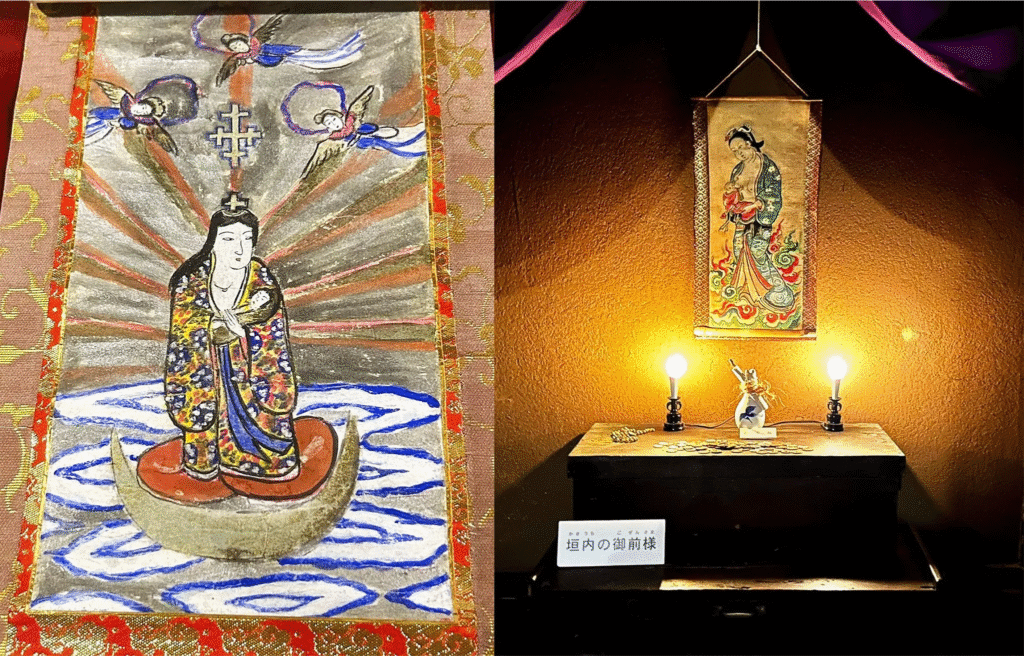
The Tokugawa Shogunate, fearing imperialist ambition among missionaries, as well as an undermining of Japan’s Shinto and Buddhist faiths, had by 1614 enacted laws that meant the faith, and the promotion of it, was forbidden, and churches must be destroyed. This followed previous limitations on Christians, and public executions.
As such, those loyal to the religion began to practice it in secret, a practice today known as Kakure Kirishitan, or “hidden Christians.” In order to practice their faith, these Christians would often modify Catholic rituals to superficially resemble Buddhist practices, though the meaning to believers was clear. Additionally, as Bibles were forbidden to be owned or read, the teachings and prayers had to be passed down orally.
Eventually, however, the country, under more than a little duress from the United States during the 19th Century, Japan opened up to the world and made major reforms, that would affect not just the economy and society, but Christianity in Japan. This period is now known as the Meiji Revolution.
Christianity in Japan Allowed Again: The Meiji Era and Beyond

One of the major changes during the Meiji Revolution was the institution of freedom of religion. Though Shinto was made the state religion in 1868, it was no longer illegal to be a Christian by 1873 — though how accepted you would be would vary. As well the emergence of former hidden Christians (not only in Kyushu, but in rural areas across Japan), churches were once again permitted to be built, and missionaries could visit from overseas.
One of the most important events following the decriminalization of Christianity was the construction of Oura Church in Nagasaki, also known as the Basilica of the Twenty-Six Holy Martyrs of Japan. It is named for the 26 people, both foreign missionaries and Japanese converts,. who in the 16th Century — even before Christianity was fully criminalized — were tortured, publicly humiliated, and finally crucified.
While the lead to the Second World War would see a resurgence of nationalism, accompanied by Japanese fascism and rampant xenophobia, Christianity was still allowed, but only under the condition that Christ be second in believers’ faith to the Emperor. Many accepted, and those who could not were tortured or killed.
Following Japan’s defeat, including the nuclear bombing of Nagasaki — a cruel fate to be visited on the city of Japan’s premier church by fellow Christians — the now occupied country reinforced its dedication to freedom of religion, including Christianity, through its new constitution.
Emperor Hirohito subsequently hired the Quaker Elizabeth Gray Vining to be an English tutor to then Prince Akihito. Some consider her pacifist views, a precondition of belonging to her denomination, to be influential in the Imperial Family’s dedication towards pacifism today.
How Many Christians are in Japan? Modern Christianity in Japan

Today. despite there being more Christians in Japan than ever, both among native Japanese people, naturalized citizens, and foreign residents, it still only makes up roughly 1% of the population, in total between one and two million, among those who claim religion. The primary denominations are Catholic, various forms of Protestantism, and a small number of Eastern Orthodox Christians.
Despite the small number of practicing Christians, however, Christian culture has had a major impact on Japan and its people. Christian holidays are not observed, however, both Valentine’s Day and Christmas are massively popular, though with some particular Japanese twists.
Christmas and gift giving are considered a fun pseudo-holiday — and while Christmas is celebrated on the 25th of December among Christians, it is Christmas Eve that is celebrated in Japan, as a night for lovers. Similarly, Valentine’s Day, celebrating St. Valentine, is not a day for men to treat the woman in their life, but for women to give chocolate to the men in theirs, whether lover or friend (don’t worry ladies: in Japan, men get you gifts one month later, on white day).
Possibly the most important Christian symbol in many Japanese peoples’ lives is the popularity of a Christian wedding ceremony. Even for those with no interest in Christianity as a faith, the aesthetics of the white dress, walking to the alter, and being confirmed by a priest are irresistible. So much so that chapels that resemble, but are not churches, are common, and often foreigners can make some money by becoming “ordained” and overseeing the ceremony.
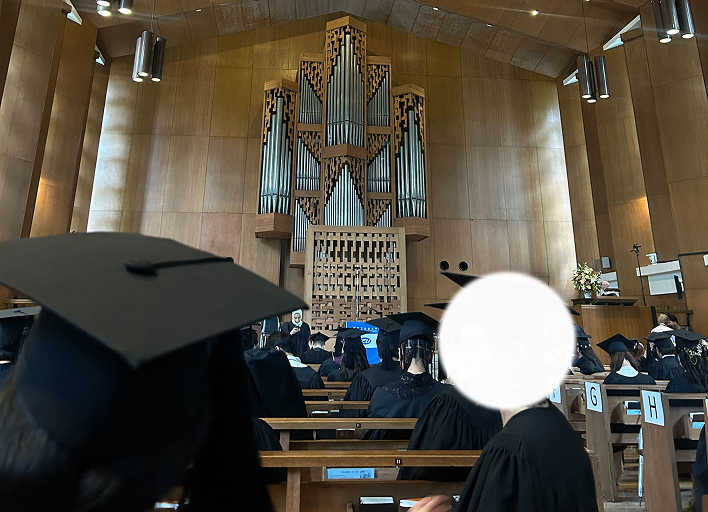
When it comes to real converts, though, things are more difficult. Like many countries, Japan is essentially secular: even among those who claim religion, it is getting rarer every day to find those are devout enough to spread the word. This is not a bad thing: secularism and acceptance of multiple faiths is essential for any democracy. But it does mean that, at least for the foreseeable future, Christianity is unlikely to be making major headwinds in Japan.
Notable Christian Sites in Japan

- Oura Church: As described above, this UNESCO World Heritage Site is among the holiest Christian sites in Japan. A monument to the devotion and faith of the 26 Martyrs of Japan, and in a place where Christianity flourished, even in the face of adversity, there is no church in Japan like it. It is Catholic denominated, but worth a visit for anyone of faith — and even of those who aren’t.
- Urakami Cathedral: Also known as St. Mary’s Cathedral, or the Immaculate Conception Cathedral. It was built in the village of Urakami as, once the ban on Christianity was lifted, it was discovered that the majority of the villagers were Christian.
Though the original church was utterly destroyed by the second atomic bomb dropped on Japan, the Feast of the Assumption of Mary not only went ahead, but was well attended by survivors. Today, the reconstructed cathedral stands as a monument to overcoming difficulties, no matter when or how hard. 3. Tobetsu Trappist Monastery: This is a Hokkaido men-only monastery, founded in 1891. Despite initial difficulties in getting founded, French priests donated land and money in order for the monastery to be created. Today, in addition to being a site of devotion, where monks rise at just after 3:00 in order to celebrate God, it is also known for its excellent butter and cookies.
Christianity in Japan, as in many places throughout the globe, has experienced a difficult history. Today, it remains a minority religion in the country, though it does have an outsized cultural impact. It can be seen in marriage rituals, which even if purely symbolic, show the influence of a carpenter from Palestine. It can be seen in the Christmas celebrations that spread across the country. And it can be seen in the churches, but more importantly, the acts of Japanese believers.
Even for those who are not of the faith, Japan and its relationship with Christianity are a fascinating subject.

